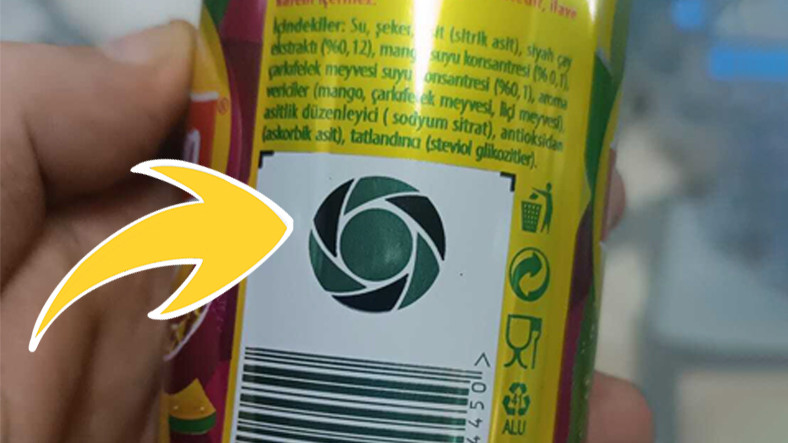Recent research conducted at Hebrew University has revealed a previously unknown connection between light and magnetism. This discovery paves the way for the development of ultra-fast light-controlled memory technologies as well as innovative sensors that can detect the magnetic components of light. This advancement is expected to change the way data storage and device manufacturing is done in many industries.
Professor Amir Kapua, head of the spintronics laboratory at the Institute of Applied Physics and Electrical Engineering at the Hebrew University in Jerusalem, announced a major breakthrough in the field of interaction between light and magnetism. The team’s unexpected discovery reveals a mechanism by which an optical laser beam controls the magnetic state of solids, promising real-world applications in a variety of industries.
Paradigm shift in understanding
“This discovery marks a paradigm shift in our understanding of the interaction between light and magnetic materials,” said Professor Capua. “This paves the way for high-speed light-controlled memory technology, specifically magnetoresistive random access memory (MRAM) and innovative optical sensor development. In fact, this discovery represents a major advance in our understanding of the dynamics of light magnetism.”
The research challenges conventional thinking by revealing the forgotten magnetic aspect of light, which is often given less attention due to the slower response of magnets compared to the fast behavior of light radiation. During their research, the team came to a new understanding: The magnetic component of a rapidly oscillating light wave has the ability to control magnets and rethink fundamental physical relationships. It is interesting to discover a fundamental mathematical relationship that describes the strength of the interaction and connects the amplitude of the magnetic field of light, its frequency, and the absorption of energy by the magnetic material.
Quantum technologies and magnetic materials
The discovery is closely related to the field of quantum technology and combines principles from two scientific communities that have so far had little overlap: “We achieved this understanding using principles that are well established in the quantum computing and quantum optics communities, but to a lesser extent in the spintronics and magnetism communities.” The interaction between magnetic material and radiation is well established when they are in perfect balance. However, the situation where both radiation and magnetic material are not in balance has been only partially explained so far.
This non-equilibrium regime is the basis of quantum optics and quantum computing technologies. From our study of this nonequilibrium regime in magnetic materials, borrowing principles of quantum physics, we have strengthened the fundamental understanding that magnets can respond to even short-term scales of light. Moreover, the interaction turns out to be very meaningful and effective. “Our findings may explain a number of experimental results reported in the last 2-3 years,” explains Capua.
“This discovery has far-reaching implications, particularly in the field of data recording using light and nanomagnets,” said Professor Capua. “This points to the potential realization of ultra-fast and energy-efficient optically controlled MRAM, as well as a seismic shift in information storage and processing across industries.”
Additionally, with this discovery, the team also presented a special sensor that can detect the magnetic part of light. Unlike traditional sensors, this advanced design allows for versatility and integration into a variety of applications, potentially revolutionizing the design of sensors and circuits that use light in a variety of ways.
Research Dr. Conducted by Benjamin Assoulin. Spintronics Laboratory candidate who was instrumental in this groundbreaking discovery. Realizing the potential impact of their invention, the team applied for several related patents.













